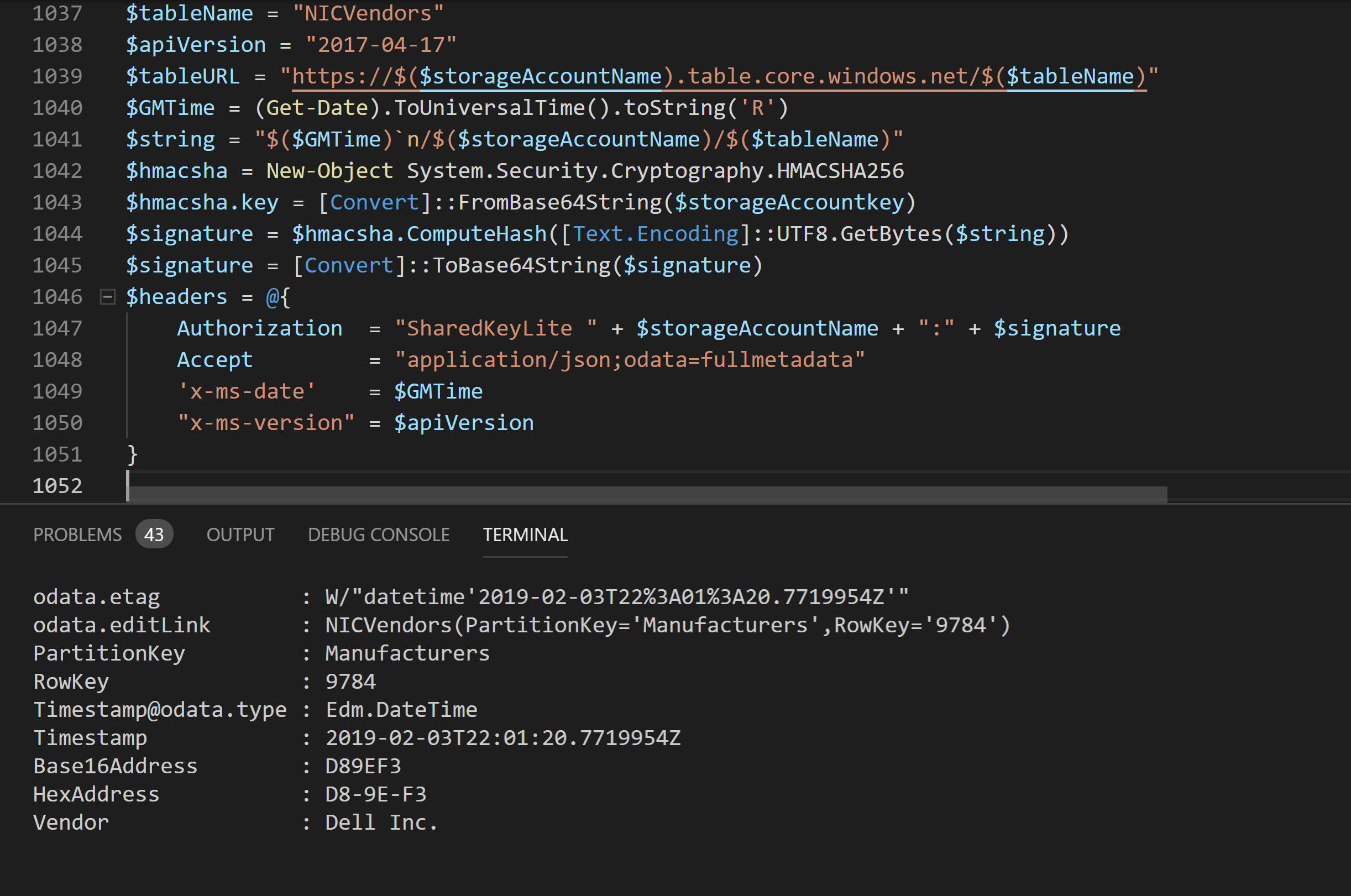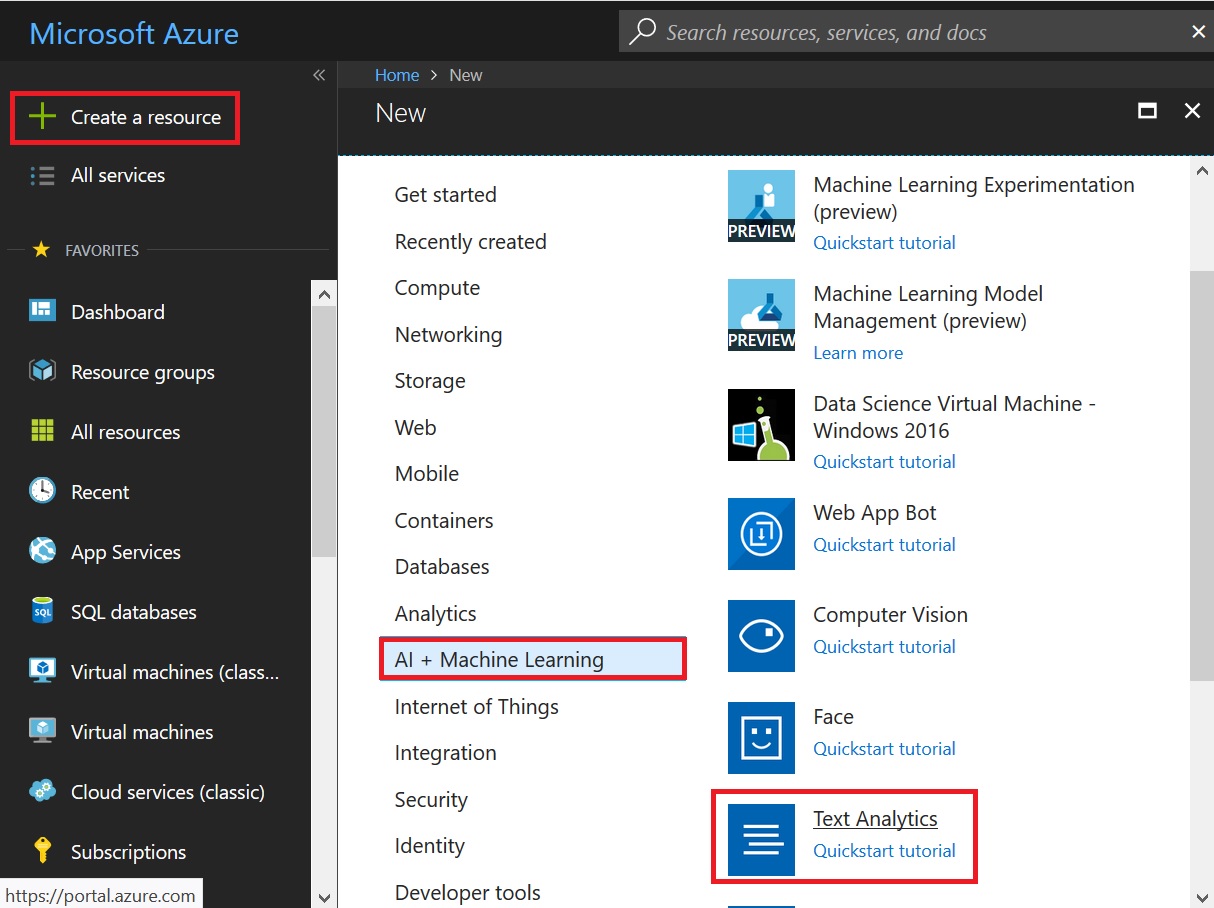


The absolute baseline accuracy for readable transcriptions is 80%. If you’re getting back transcripts that look like MadLibs, it’s unlikely you’re going to get much business value from them. Accurate transcription - The most important thing, regardless of what you’re using STT for, is accurate transcription.The key features that are offered by each API differ, and your use cases will dictate your priorities and needs in terms of which features to focus on. In this section, we’ll survey some of the most common features that STT APIs offer. The STT service will take the provided audio file, process it using either machine learning or a set of tools that combines machine learning with rule-based approaches, and then provide a transcript of what it thinks was said. What is a Speech-to-Text API?Īt its core, a speech-to-text application programming interface (API) is simply the ability to call a service to transcribe audio into speech. If you’re familiar with that and want to just skip to the rankings, click here to jump down.

In this blog post, we’re going to break down the various STT APIs available today, telling you their various pros and cons, and providing a ranking that we think accurately represents the current STT landscape.īefore we get to the ranking, we’re going to break down exactly what a speech-to-text API is, the core features you’d expect a STT API to have, and some key use cases for speech-to-text APIs. Although this diversity is great, it can also make it confusing when you’re trying to compare different options and pick the right solution for you. But the sheer number of options for speech transcription might be overwhelming if you aren’t familiar with the space-from Big Tech to open source options, there’s a ton of choices, with different price points and different feature sets to choose from. In our recent State of Voice Technology 2022 report, 99% of respondents said they viewed voice-enabled experiences as a critical part of their company’s future enterprise strategy. If you’ve been shopping for a speech-to-text (STT) solution for your business, you’re not alone.


 0 kommentar(er)
0 kommentar(er)
